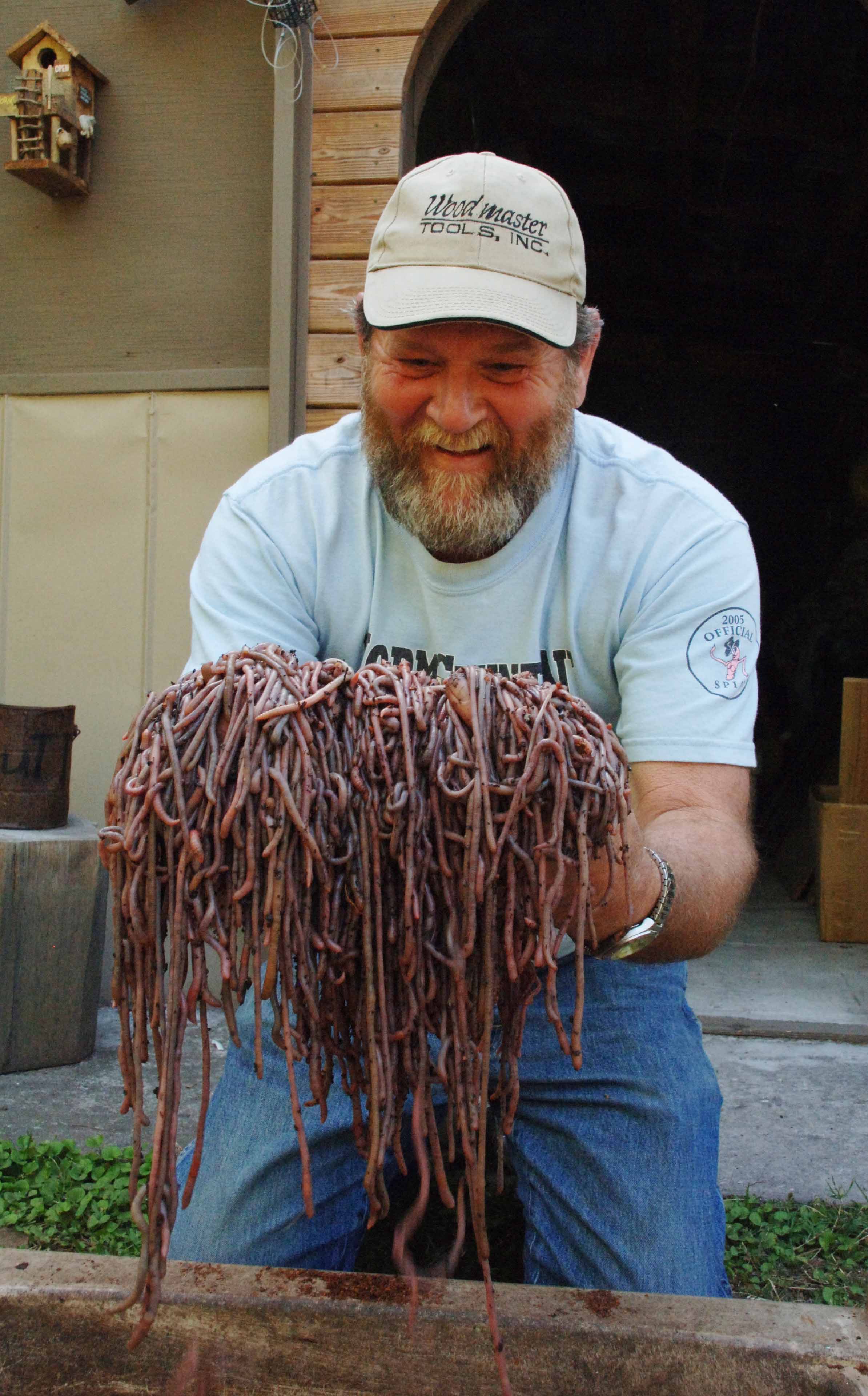
“What is worm grunting?”
That is one of the questions that moderator Richard Sher asked panelists last weekend in a rerun of a pre-recorded edition of “Says You!” – the popular radio game show that airs on National Public Radio.
After all the guessing and wise-cracking, Sher explained that worm grunting was the practice of driving wooden stakes into the ground and rubbing the top of the stake with a length of steel called a rooping iron to generate a grunting sound that drives worms to the surface where they can be collected for bait.
What the radio audience missed was the fascinating scientific back story.
Ground zero for worm grunting in the U.S. is the small town of Sopchoppy on the Florida Peninsula, about 35 miles southwest of Tallahassee. The practice dates back at least 100 years and reached its apex in the 1960’s when hundreds of worm grunters tramped the Apalachicola National Forest, harvesting millions of worms to sell to sports fishermen. However, concern over the impact it was having on the native worm population caused the Forest Service to begin permitting this previously unregulated practice and it has declined ever since.
Still, Sopchoppy holds an annual worm grunting festival that has been featured in several YouTube videos, such as the following:
Over the years, worm grunters had developed a number of different theories for why this bizarre practice was effective and can drive hundreds of earthworms to the surface. One popular theory was that the vibrations mimicked the sound of heavy rainfall, causing the worms to surface to avoid drowning. Another was that the sound makes the worm think that their arch-enemy, the mole, is approaching and the best way to escape a mole is to head for the surface.

In 2007, when Vanderbilt biologist Ken Catania heard of this practice, his first thought was an observation made by Charles Darwin: “It is often said that if the ground is beaten or otherwise made to tremble worms will believe that they are pursued by a mole and leave their burrows.”
Catania was intrigued enough that he decided to see if he could determine to prove if that was the case for worm grunting. So he enlisted the aid of a pair of professional worm grunters, traveled to the area the following spring and performed a series of experiments that led him to conclude that worm grunters were unknowingly mimicking the sound of digging moles and the worm’s were coming to the surface to escape.
We did a story – Florida’s “worm grunters” collect bait worms by inadvertently imitating mole sounds — about his results when they were published in October 2008. It was also featured in an Assignment Earth segment. Last year, Catania authored a story in Scientific American titled “Worm Charmers” about his research.
At the time Catania commented, “This is a fascinating biology story and a fascinating sociology story. The biology story is the question of why the worms behave as they do and the sociology story is the fact that hundreds of people once made their livelihood by collecting worms in this unique fashion.”
It also turns out that the Floridians have professionalized a traditional English practice called worm charming. Several English towns hold annual worm charming festivals where hundreds of people complete on driving worms to the surface. One of these towns is Blackawton in Devon that has been featured on YouTube.